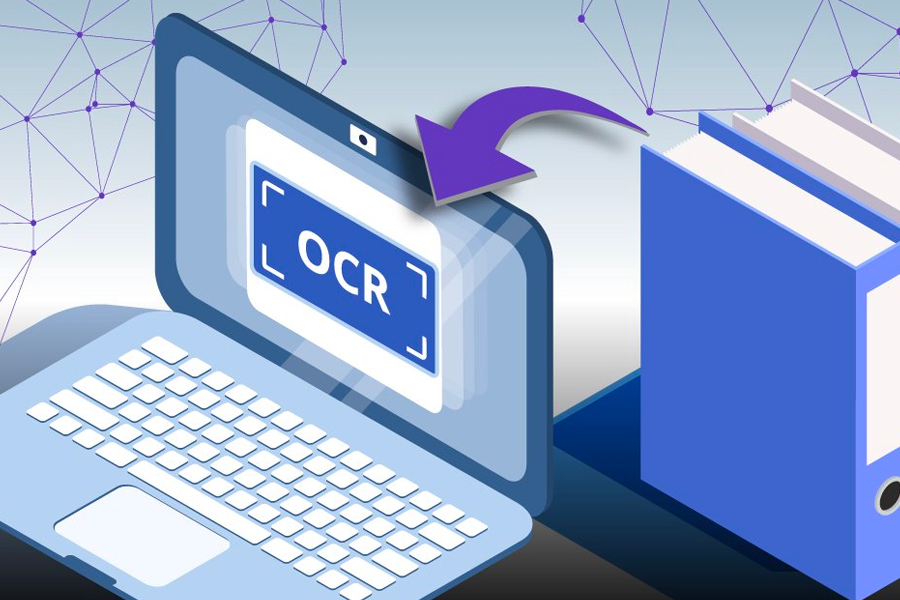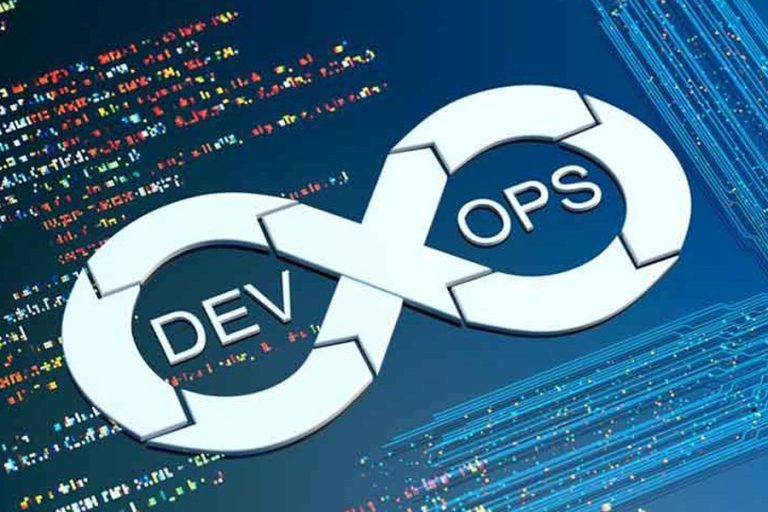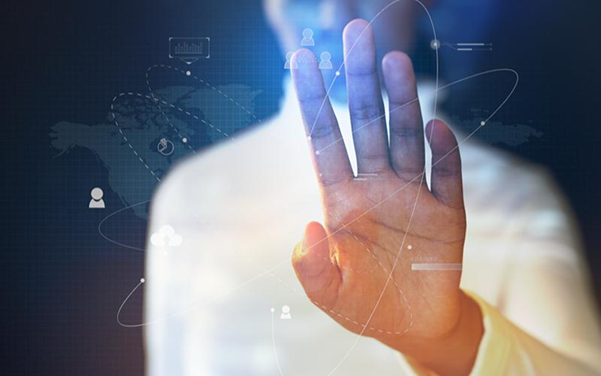
Image Source: www.investintech.com
In the bustling world of academia, students are constantly inundated with information, from lectures and textbooks to handwritten notes scribbled during class. Keeping track of this wealth of knowledge can be challenging, often resulting in disorganized piles of papers and notebooks. However, with the advent of Optical Character Recognition (OCR) technology, such as the innovative service provided by Grabtext.ai, students now have the power to revolutionize their study habits and streamline their learning experience.
One of the most significant advantages of online OCR services like Grabtext.ai is their ability to convert handwritten notes into digital text. This feature is particularly invaluable for students who prefer to jot down their thoughts and lecture summaries by hand. Instead of sifting through stacks of notebooks to find a specific piece of information, students can simply snap a photo of their handwritten notes and let Grabtext.ai work its magic.
What sets Grabtext.ai apart from other OCR services is its exceptional support for handwritten math equations. Mathematics is a subject that heavily relies on symbols and equations, making it notoriously challenging to digitize handwritten notes accurately. However, Grabtext.ai leverages advanced artificial intelligence algorithms to accurately recognize and convert handwritten math equations into digital format.
Furthermore, Grabtext.ai goes above and beyond by offering seamless integration with LaTex, a typesetting system commonly used for scientific and mathematical documents. This means that students can easily convert their handwritten math equations into LaTex code, allowing for precise rendering and manipulation of mathematical expressions. Whether it’s writing research papers or preparing for exams, the ability to effortlessly convert handwritten equations into LaTex format can significantly enhance a student’s productivity and efficiency.
Consider a scenario where a student attends a fast-paced math lecture, trying to keep up with the professor’s explanations and jot down important formulas and theorems. With Grabtext.ai, the student can simply take a photo of their handwritten notes at the end of the class and instantly convert them into digital text. Not only does this eliminate the need for manual transcription, but it also ensures that no critical information is lost or overlooked.
Moreover, by digitizing their handwritten notes, students gain access to a myriad of benefits. They can easily search for specific keywords or concepts within their notes, annotate them with additional comments or explanations, and even share them with classmates for collaborative study sessions. Additionally, having digital copies of their notes enables students to organize and categorize them effortlessly, creating a personalized digital library that can be accessed anytime, anywhere.
In conclusion, OCR services like Grabtext.ai offer a transformative solution for students seeking to enhance their study experience. By converting handwritten notes, particularly math equations, into digital format and supporting seamless integration with LaTex, Grabtext.ai empowers students to unlock new levels of productivity and efficiency. In an age where information overload is prevalent, embracing OCR technology is not just a convenience but a necessity for academic success.





